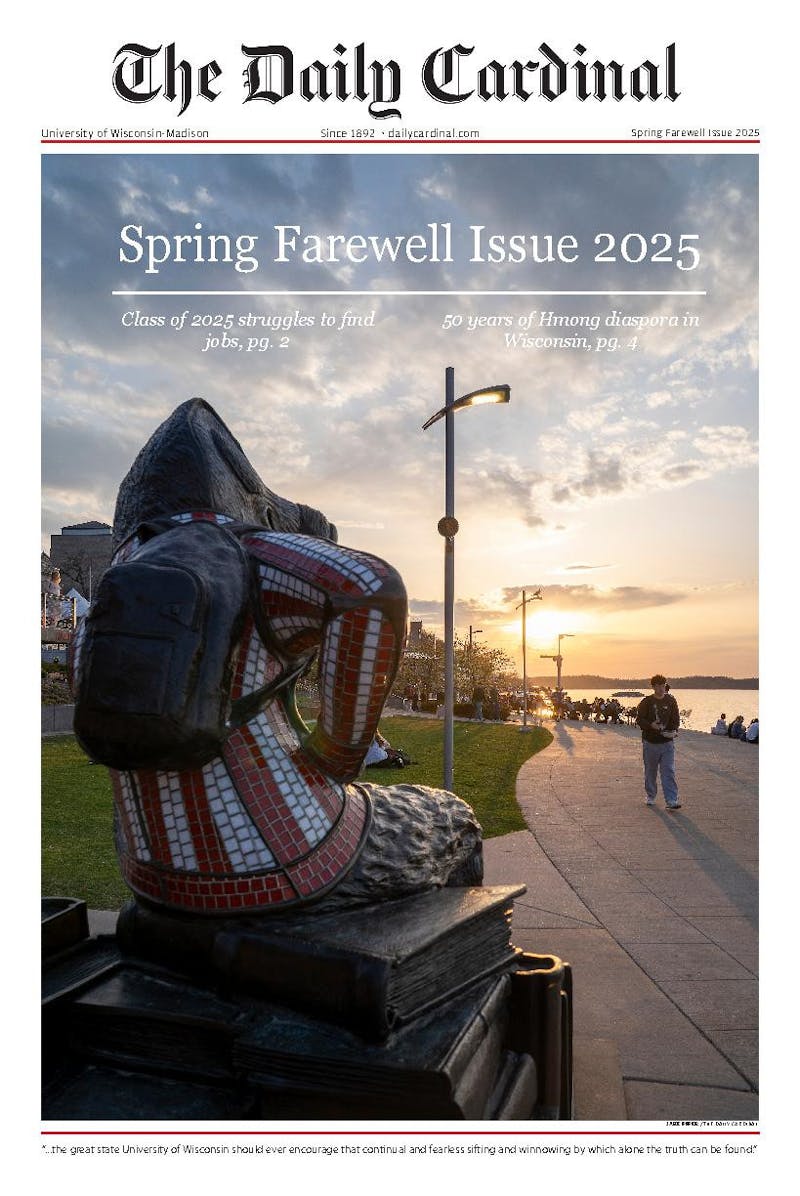Try a quick brainteaser: how many ways can you express 4 as a sum of whole numbers? There are 1+1+1+1, 2+1+1, 2+2, 3+1 and 4 itself, making five ways. Simple, right?
Now try it for 100.
These sums are called partitions, and UW-Madison doctoral student in mathematics Karl Mahlburg has solved a nearly century-old problem by proving a complex pattern exists between partitions and prime numbers. This work is raising eyebrows even in fields outside of number theory, including cryptography.
\What's complicated for a mathematician is also just as complicated for a computer hacker,"" Mahlburg noted in an e-mail, adding that physicists and other mathematicians incorporate partitions into their work as well.
Ken Ono, a UW-Madison mathematics professor and Manasse professor of Letters & Science, is Mahlburg's mentor. Ono called Mahlburg's discovery the ""final chapter"" in a problem that dates back to the early 1900s.
The legendary Indian mathematician Srinivasa Ramanujan was the first to notice patterns between partitions and prime numbers by examining a list of the number of partitions for the first 200 integers. According to UW-Madison emeritus professor of mathematics Richard Askey, Ramanujan believed an exact formula existed for the number of partitions, but he was only able to find a set of relations, or congruences, for the prime numbers 5, 7 and 11. For instance, starting with 4, every fifth integer has a number of partitions divisible by 5.
The proof of Ramanujan's three congruences eluded number theorists for decades until mathematician and physicist Freeman Dyson created what he called the ""rank"" function in the 1940s. The rank worked for 5 and 7 but not 11, prompting Dyson to theorize there must be a different function that would work for 11 too. Dyson called the hypothesized function a ""crank.""
Four decades passed before the crank was actually discovered by George Andrews, a professor at Penn State University, and Frank Garvan, his student.
An unexpected breakthrough came when Ono discovered an obscure formula while browsing one of Ramanujan's lost notebooks. In 2000, Ono was inspired to use Ramanujan's work with modular forms to show that his congruences could be found for larger primes-but he couldn't explain why.
Mahlburg spent over a year building on Ono's research of modular forms to show how the congruences and crank actually work. His proof uses the idea that large numbers do not have to be broken down into groups of equal size for the congruence relations to hold-a seemingly simple yet critical step.
""It has been very rewarding to be able to contribute a significant result and follow the path of some of history's greatest scientists,"" Mahlburg said. ""I would be excited to learn about this result even if I hadn't proved it, but it's even better knowing that I've proved it.\





